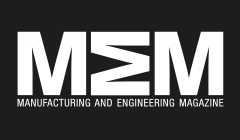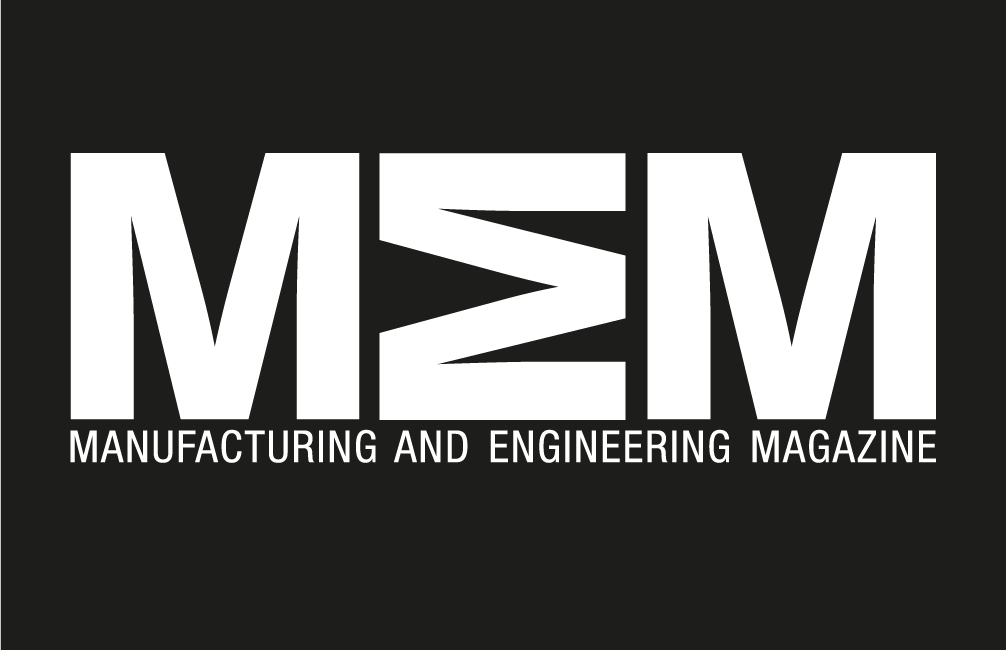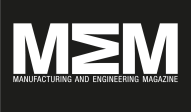Thermprocess / METEC – Vacuum Solutions for Metallurgy
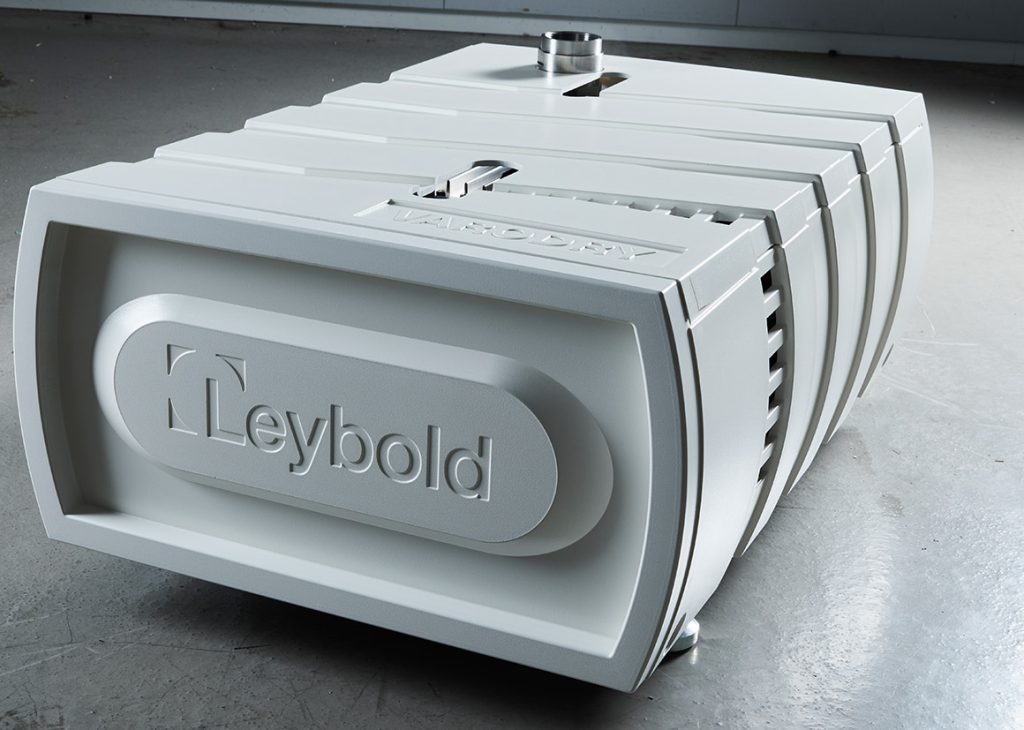
The need for energy-efficient, sustainable processes is increasing especially with regard to the frictions caused by high energy prices, increasing global warming and scarce resources. These requirements also have a direct impact on vacuum systems which are an elementary component in heat treatment plants and metallurgical processes. Leybold offers a wide range of highly innovative, already proven vacuum solutions especially for this requirement profile. The vacuum specialist will be presenting its portfolio to trade visitors at its stand (Hall 9 / D76) at METEC / Thermprocess 2019 in Düsseldorf from 25 to 29 June. State-of-the-art mechanical vacuum pump systems are powerful tools for efficient operation. They have a robust design that enables the pumps to withstand harsh production environments. No matter what type of vacuum systems are operated: Innovative vacuum solutions reduce operating costs and CO2 emissions while providing complete process control. Pump systems consisting of dry-compressing screw vacuum pumps of the DRYVAC type combined with RUVAC WH Roots pumps have proven themselves in use on secondary metallurgical VD, VOD or RH degassers. By using these standard pumps, even the highest demands on pumping speed can be met with the greatest reliability at competitive prices. In order to achieve high vacuum in VIM or VAR installations, Leybold offers the most modern oil booster pumps available on the market, which in combination with dry compressing DRYVAC screw pumps and RUVAC Roots pumps ensure maximum system availability at lowest operating costs. Leybold has an even larger product portfolio for use in vacuum heat treatment furnaces: Oil-sealed SOGEVAC rotary vane pumps have proven themselves in clean processes such as hardening or tempering. For more demanding processes such as soldering, sintering or carburizing, dry-compressing screw pumps are also available. Depending on size and process, pumps of the DRYVAC, SCREWLINE or VARODRY series can be used. From single pumps to complex steel degassing systems: As the components for vacuum systems are manufactured in large quantities, the delivery time is short, they are cost effective and provide proven high quality, thus contributing to the success of the customer. SOGEVAC NEO D – the emission-free rotary vane pump Nowadays, modern vacuum technology must convince its users with emission-free, smooth running and sustainability. With these requirements in mind, Leybold has developed the compact SOGEVAC NEO D, an innovative 2-stage vacuum pump with integrated oil mist separator on the exhaust side. The working environment remains clean and free of oil mist during pumping. Continuous operation is possible without an external filter at any inlet pressure. The robust SOGEVAC NEO D is optimized for applications requiring a pumping speed in the range of 1×10-2 to 1mbar; perfect for small heat treatment furnaces or as a holding pump for diffusion pumps. The SOGEVAC NEO D offers a stable process vacuum but is less expensive than conventional alternatives and saves up to ten percent energy due to its significantly smaller rotating mass. Additional energy savings can be achieved by operating the pump by means of speed control with a frequency converter. DRYVAC DV 200 and DV 300 – the innovative dry pumps The dry-compressing screw vacuum pumps are designed for modern, intelligent production. They offer maximum energy efficiency, durability and future-proof network integration. Due to the optimized rotor geometry and the innovative motor design with efficiency class IE3, these pump types minimize power consumption and CO2 emissions. The bottom line is that DRYVAC pumps are cheaper and more environmentally friendly than comparable models. The new compact DRYVAC models DV 200 & DV 300 are designed for harsh industrial applications, just as the larger pumps of the same pump series. They offer a long service life, even under demanding conditions with high humidity, dust or other process particles. DRYVAC pumps also require minimal maintenance. VARODRY – the 100% oil-free, dry-compressing screw pump The 100% oil-free, dry-compressing and air-cooled VARODRY screw pump guarantees the required operating pressure and a short cycle time, especially in demanding processes. Thanks to its compact design and reduction to the essentials, the vacuum pump can be easily integrated into new or existing systems. Due to the integrated silencer, it is quiet and has a pleasant operational noise. The air-cooled VARODRY is absolutely dry and clean. This prevents particle or oil migrations into the vacuum chamber or the environment. A further process advantage is their resilience and efficiency. It can be operated continuously at any inlet pressure and is completely resistant to regular shock ventilation. Therefore, any number of cycles can be run without overloading. VARODRY pumps ensures uninterrupted operation without system downtimes. This qualifies it as the ideal vacuum pump for heat treatment applications and metallurgical processes. SCREWLINE – dry screw pump for extremely dirty applications In demanding applications such as sintering or carburizing, dry-compressing screw pumps are preferred as backing pumps. They are more efficient and reliable than oil-sealed pumps. Especially the SCREWLINE pumps have proven themselves in extremely dirty applications. Their main advantage: The pump chamber of this pump family can easily be cleaned by the customer on site, for example during process pauses by means of flushing. SCROLLVAC – low power consumption, high pumping speed With the air-cooled, oil-free SCROLLVAC plus, Leybold offers an uncomplicated, reliable backing pump. Its properties predestine it for a wide range of demanding applications, such as laboratory vacuum furnaces. This is also due to the low power consumption of the backing pump combined with high pumping speed. In addition, the SCROLLVAC plus, with its lightweight, compact design, takes up very little space. This enables integration into new and existing vacuum systems. Its functional and design features simplify daily handling of the backing pump. For example, the hermetic sealing of the rotating parts of the pump chamber reduces the risk of contamination. By dispensing with shaft seals that are susceptible to wear, developers have achieved higher integral tightness. DIP – DIJ – OB – Oil-jet steam pumps and systems for high-vacuum processes Oil steam jet pumps and systems are characterized by the highest pumping speeds in metallurgical industrial high-vacuum processes. These
Dyson Streaks Ahead in Battery Storage Sector
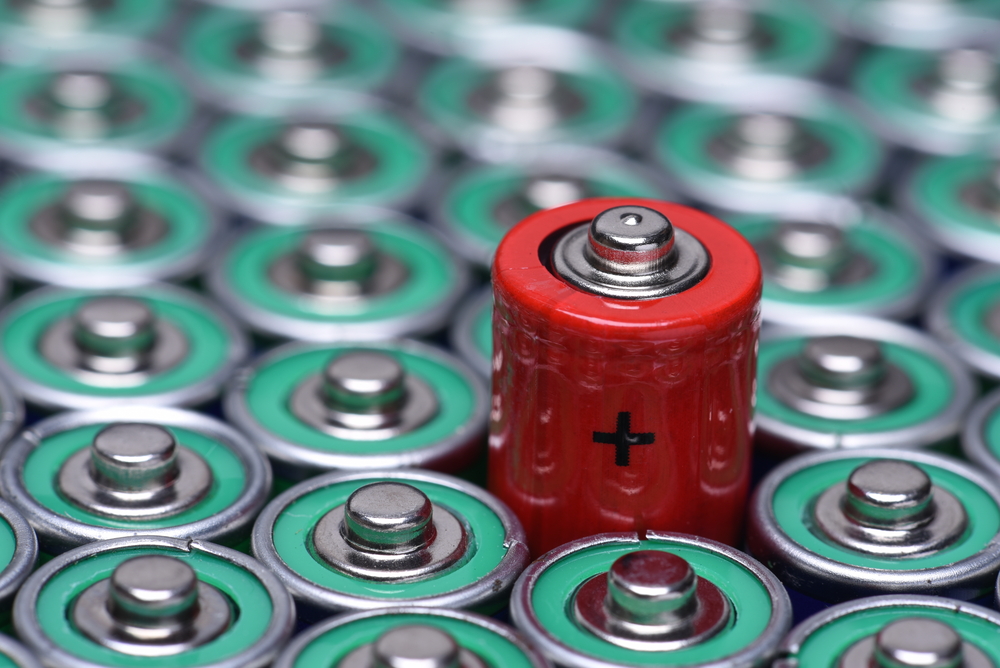
World-leading vacuum cleaner manufacturer, Dyson has ambitions to diversify its product range and has announced plans to conduct further pioneering research and development into battery technology. The home-grown, multibillion pound UK company, approaching its 25th anniversary, has already invested over £100m over the past five years researching batteries and their potential in the future. Max Conze, Chief Executive of Dyson has, however, pledged that that figure will rise to £1bn by the year 2020. He insisted that energy storage and, in particular, energy density, was the greatest engineering challenge in the 21st century. The company is hoping to produce statistical data and innovative designs that support the development of batteries for future use. It is has suggested that a battery capable of twice the energy density and storage of existing batteries would be of significant benefit to mobility in the future. Dyson has, for a number of years, expressed a keen interest in the battery market. Back in 2014, the company took a shareholder stake in the US-based battery manufacturer, Sakti3, before acquiring the company outright. Sakti3 is known for developing solid-state lithium-ion batteries, a much lighter and more powerful series of batteries than those currently on the market. Before the merger, the vacuum cleaner specialist has also previously some $15bn in Sakti3âs researc hand development programme â an investment which contributed to the invention of a battery with twice the storage capacity and at less than a third of the cost. And while the last weekâs budget may have brought bad news to many, it has in fact provided a stepping stone for Dyson on its route to battery prestige. The government has awarded the company £16m to continue its research into increasing battery storage and energy density. Despite renewed emphasis on battery storage, the company continues to carry out major research in a number of sectors including anything from aerodynamics to robotics and artificial intelligence. And with robot vacuum cleaners surely on the near horizon, Dyson remains at the top of its game in the vacuum cleaner industry, and on its way up in a good number of other lucrative sectors.
Robots to Clean Your House

Tired of pushing a vacuum cleaner around? Fed up of the hand-and-knees job that is the kitchen floor? Worry no longer: some of the most cutting-edge, robotic technology could be standard practice in UK households by as soon as 2018. Autonomous products have become a permanent fixture in a host of industries over the last few years. Providing greater control, enhanced precision, faster production and workforce optimisation for multiple sector, robotic technologies are latest best practice model to flood the marketplace. Not just a tool with which to revolutionise business however, robots could well be the next big thing in consumer tech, fundamentally changing daily practices such as cleaning. It was at the start of last year that robotic vacuum cleaners made their mark on market, despite the first wave of consumer robots being released back in 2012. Their slow start was attributed to varied levels of performance amongst machines as well as power source issues, high initial investment costs and ongoing operational expense. Over the last few years, the challenge for manufacturers has then been to design a vacuum that would be cost-effective in the long and short term and, crucially, a machine that could match the cleaning power of a human. By and large, those solutions have now arrived and, as a new generation of robot cleaners are launched, sales are predicted to sky-rocket. In fact, it has been predicted that the robotic sector will expand to the size of the current automotive industry by 2020 with robot cleaners bearing the brunt of its new-found popularity. Susan Eustis, head of the study into robotic cleaning technology reiterated that robotic cleaners can, and will, add value only if they better cleaning results at an affordable price. She went on to say that major organisations such as iRobot, LG, and Samsung will play a key role in developing intuitive and innovative features that will incentivise making the switch to autonomous cleaning. The household robotic cleaning market is set to almost double to a value of around £1bn by 2018. And while it may be a useful commodity, even novelty, for some, it will also allow the ageing population more independence in later life and allow them to remain in their own homes for longer. Certainly food for thought.
